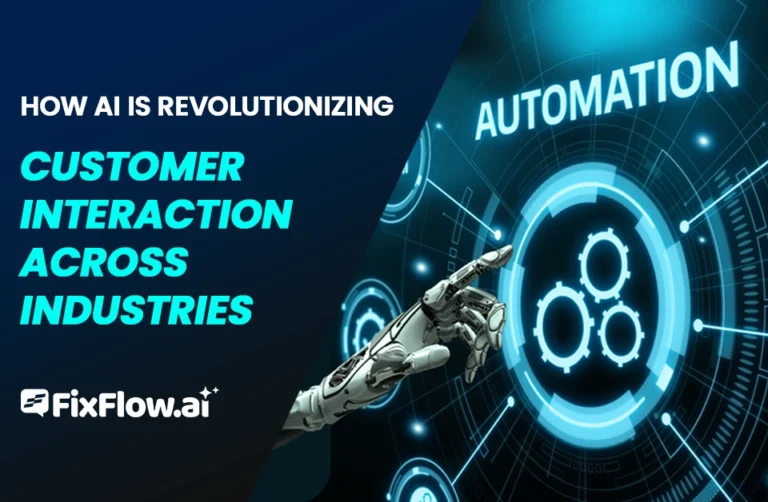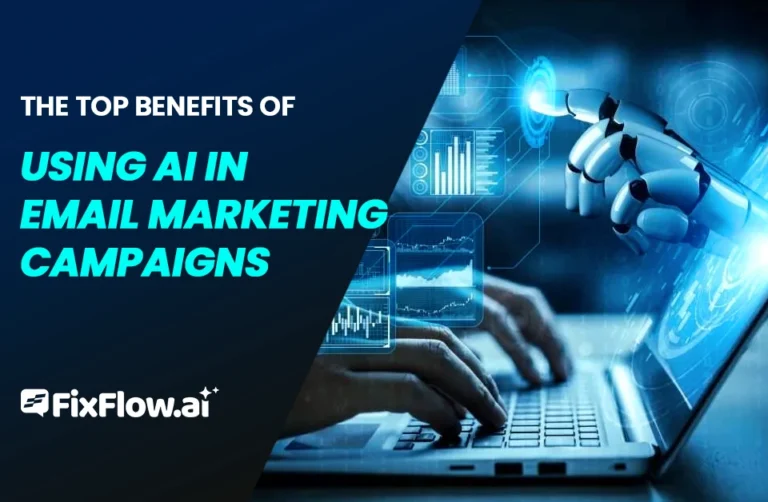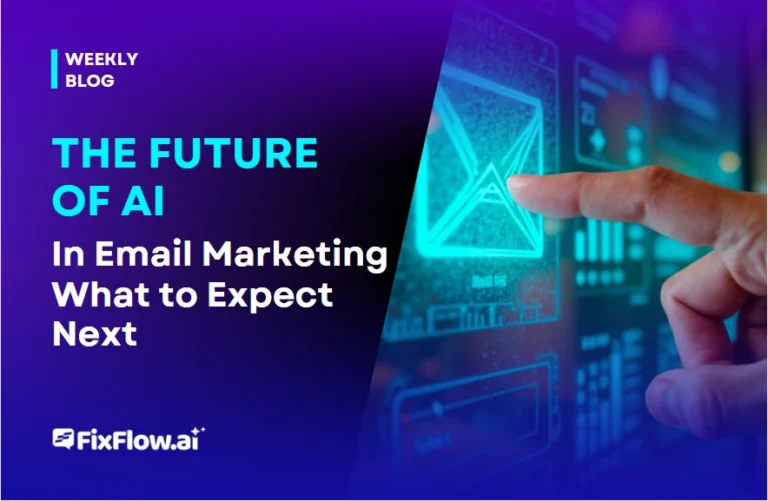Predictive Analytics and the Future of Customer Engagement AI
You’re about to harness the power of predictive analytics and AI to redefine customer engagement. You’ll anticipate customer needs and tailor their experiences by analyzing historical data and using advanced algorithms. This data-driven approach means more personalized interactions and recommendations, keeping your customers happier and more engaged. However, you must navigate challenges like data privacy and integration complexities. The future looks promising, with AI driving deeper connections and refining customer journeys. If you’re curious about how to stay ahead using these technologies, there’s a deeper layer to explore.
Understanding Predictive Analytics
Predictive analytics is a transformative tool that leverages historical data, statistical algorithms, and machine learning techniques to predict future outcomes. By understanding predictive analytics, you gain a powerful advantage in anticipating customer needs and behavior. At its core, predictive modeling uses machine learning algorithms to sift through vast amounts of data, uncovering patterns and trends that might be invisible to the naked eye. These insights are invaluable for businesses seeking to understand consumer behavior more deeply.
Data analytics tools can help transform raw data into actionable customer insights. These tools allow you to analyze past interactions and transactions, providing a detailed picture of customer preferences and tendencies. This information can then predict future behaviors and tailor your strategies accordingly.
Understanding predictive analytics isn’t just about crunching numbers; it’s about getting a clearer picture of your customers and their wants. Your ability to adapt using data-driven insights becomes crucial as consumer behavior evolves. Embracing these techniques helps ensure you’re not just reacting to change but anticipating it, positioning your business to meet future challenges head-on while enhancing customer satisfaction.
AI’s Role in Customer Engagement
In today’s digital landscape, AI is revolutionizing customer engagement by enabling businesses to interact with their customers in more personalized and efficient ways. You’ll probably notice how AI-driven solutions craft experiences tailored to your preferences and behaviors. This is where predictive analytics analyzes vast amounts of data to forecast future customer needs and trends.
Personalization is key to enhancing customer experience, and AI is at the forefront of this transformation. By leveraging predictive analytics, businesses can anticipate customers’ needs and offer recommendations and solutions that resonate with them. Imagine browsing an online store and immediately seeing products curated for your tastes—this isn’t just coincidence; it’s predictive analytics in action.
AI’s role extends beyond just personalization. It’s reshaping customer engagement by providing insights that allow businesses to refine their strategies and improve overall customer experience. AI-driven solutions enable real-time interaction adjustments, ensuring your brand engagement is always relevant and enriching. Integrating AI into customer engagement strategies isn’t just a trend; it’s a powerful tool for businesses to connect with you on a deeper level, enhancing your overall journey and satisfaction.
Benefits of Predictive Analytics
As we explore the advantages of predictive analytics, you’ll see how its integration with AI revolutionizes customer engagement. By leveraging predictive insights, businesses can accurately anticipate customer needs and trends. This foresight is crucial in enhancing customer retention, as you can proactively address issues and tailor experiences to keep customers satisfied and loyal.
Predictive modeling techniques are at the heart of this transformation. They allow you to analyze vast amounts of data to forecast future behaviors and preferences. Behavioral analysis helps you better understand customer patterns and motivations, enabling more personalized interactions. This level of personalization results in more meaningful connections and improved customer experiences.
Moreover, recommendation systems are a direct benefit of predictive analytics. They use data-driven insights to suggest products or services that align with individual customer interests, significantly increasing the likelihood of engagement and conversion. By implementing these systems, you’re meeting and exceeding customer expectations, creating a more dynamic and engaging customer journey. Ultimately, predictive analytics empowers you to make informed decisions, paving the way for a future of enhanced customer engagement.
Challenges and Considerations
Navigating the landscape of predictive analytics in customer engagement isn’t without its hurdles. One of the primary challenges is data privacy. As you gather and analyze vast amounts of customer data to predict behaviors, it is crucial to ensure this information is protected and used responsibly. Customers are increasingly aware of how their data is used, and any breach can significantly damage trust and brand reputation.
Data integration poses another significant challenge. You must pull data from various sources with different formats, making seamless integration complex. Without effective integration, your predictive metrics might not provide the actionable insights needed to enhance customer engagement.
Ethical considerations also demand your attention. Striking the right balance between personalization and privacy is essential. You must ensure that your predictive analytics don’t lead to invasive practices that make customers uncomfortable.
Finally, the accuracy of predictive metrics can be a stumbling block. Constant refinement and validation are required to ensure that predictions align with customer behavior. Overcoming these challenges is vital for effectively leveraging predictive analytics in customer engagement strategies.
Future Trends in AI Engagement
While addressing challenges like data privacy and integration is important, looking ahead to future trends in AI engagement reveals a promising landscape. You’re stepping into an era where predictive accuracy will redefine the customer journey. AI-driven solutions will lead the charge, integrating seamlessly with predictive analytics to deliver automated insights that are not only timely but also incredibly precise.
Imagine a world where algorithmic predictions anticipate your customers’ needs before realizing them. This foresight will allow you to tailor experiences that resonate deeply, fostering loyalty and satisfaction. As AI evolves, you’ll see an increasing alignment with market trends, ensuring your strategies are always a step ahead.
Integrating advanced predictive analytics techniques, such as anomaly detection and pattern recognition, will enhance your ability to deliver personalized experiences. These technologies will give you a comprehensive understanding of customer behaviors, allowing you to make informed decisions quickly. By embracing these trends, you’re not just keeping pace with technological advancements but setting the stage for a future where customer engagement is more intuitive, effective, and impactful.
Frequently Asked Questions
How Can Small Businesses Implement Predictive Analytics Without Extensive Resources?
You don’t need a massive budget to implement predictive analytics. Start by using free tools like Google Analytics for basic insights. Leverage cloud-based platforms offering affordable predictive analytics services. Focus on integrating data from multiple sources to build a cohesive picture of customer behavior. Collaborate with tech-savvy freelancers or consultants for guidance. Continuous learning and adapting will help you harness predictive power effectively, even with limited resources.
What Are Some Real-World Examples of Predictive Analytics in Customer Engagement?
You’re curious about real-world examples of predictive analytics in customer engagement, right? Netflix, for example, uses predictive analytics to recommend shows based on your viewing history. Amazon is another great example; they predict what you might buy next and suggest it. Even Starbucks leverages predictive models to personalize offers and promotions, enhancing your experience based on your purchase history. These companies illustrate how predictive analytics transforms customer interactions.
How Do Predictive Analytics Tools Integrate With Existing Customer Management Systems?
Predictive analytics tools seamlessly integrate with existing customer management systems by leveraging APIs and data connectors. They pull data from your current systems, analyze it, and provide insights directly within your CRM. This integration ensures real-time data processing, enhancing customer profiles, and enabling personalized interactions. These tools often come with user-friendly dashboards, making it easier to interpret data and drive customer engagement strategies effectively.
What Skills Are Needed to Work With Predictive Analytics in Customer AI?
To work with predictive analytics in customer AI, you’ll need a solid grasp of data analysis, machine learning, and statistical modeling. Proficiency in languages like Python or R is essential, along with skills in data visualization tools. You should understand customer behavior analytics and be comfortable with big data platforms. A knack for problem-solving and strong communication skills are crucial for interpreting data insights and collaborating with cross-functional teams effectively.
How Can Companies Measure the ROI of Predictive Analytics in Customer Engagement?
When measuring the ROI of predictive analytics in customer engagement, you should focus on key performance indicators like customer retention rates, sales conversion improvements, and reduced churn rates. Calculate the cost savings from automated processes and enhanced decision-making. Additionally, track metrics like customer lifetime value and satisfaction scores. By comparing these metrics before and after implementing predictive analytics, you’ll gain insights into its financial impact on your engagement strategies.







